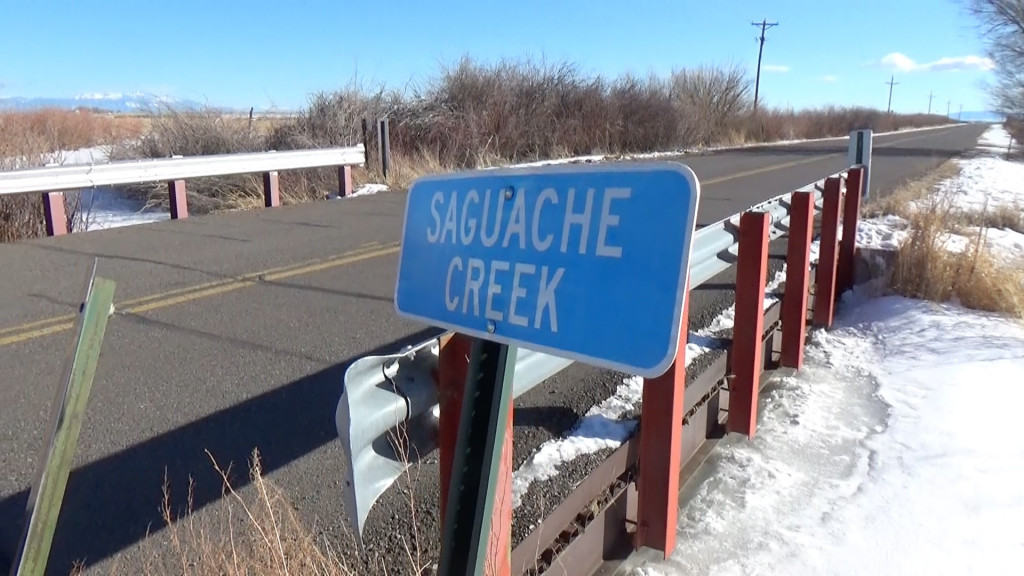Subdistrict 5 considers rock, hard place

SAGUACHE — To comply with Colorado Division of Water Resources requirements on April 1, members of Subdistrict 5 face two difficult choices during March. Do they rush a multi-million-dollar pipeline project along County Roads X and 46? Or do they use money to convince members to accept Well Injury Payments (WIPs) in lieu of pumping?
The Saguache County Road and Bridge Building filled to a socially-distanced limit on Feb. 18 for a special meeting to discuss the pipeline and WIPs. The Board of Managers shared a strong preference to have 100% participation in the WIP program, repeatedly targeting a 30% reduction in pumping. The compensation value, however, remained in question as water users value water subjectively for their operations.
The questions lack easy answers. Before making decisions, Subdistrict 5 members want real-time flow monitoring, five-year averages for everything from precipitation through recharge, recalculated restrictions and fair compensation for lost productivity. The water users are business-scientists who face potential head gate closures daily during irrigation season.
Estimated to cost $4.8 million, the 2.6-mile pipeline is projected to flow west from North Star Farm on County Road X under the highway and dump in Saguache Creek near County Road 46. The project is a proposal, and initial calculations estimate it will yield as little as two percent replacement.
WIPs, on the other hand, carry monetary value defined by lost productivity and revenue. The calculation requires water users to measure usage while watching prices for their products fluctuate and hoping reduced productivity is a cost savings, not a loss. Their priority ranking also steers decisions. Gathering the information requires money.
One member shared the hard investment required for real-time knowledge. Installing a transducer runs roughly $10,000 a well ($4,000 for the unit and more for monitoring time). With 181 registered wells and approximately 200 total, it would take almost a quarter-million dollars to outfit the entire subdistrict.
Today, Subdistrict 5 floor irrigators pay a $10.13 fee, and the rate for sprinklers is $14.50. Each WIP contract is unique, so negotiable payments are part of the paperwork.
According to Subdistrict 5 Manager David Schmittel, “I’m not speaking for everyone here, but I think it has been a general consensus that we would much rather have the subdistrict put out money for Well Injury Payments to everybody and decrease the amount of water that’s being pumped, which I think will help build up the aquifer more.”
“How is taking a bribe going to refill the aquifer?” one member asked.
“The only way we can put more water in the aquifer is out of the sky,” Schmittel replied.
At the close of the meeting, members heard reminders to look closely for differences in billing as the new rule takes effect. Attending via Zoom, member Scott Alexander said he read a January 2012 edition of the Saguache Crescent before the meeting started.
“It was an article from our late friend John Warner,” Alexander said. “He was talking about a third reduction in pumping. Nine years went by. Did anybody reduce pumping by a third? Did anybody try? No. It’s only now because the state is saying you have to do something. If there was a 33% reduction like John asked for, we might see some progress.”



